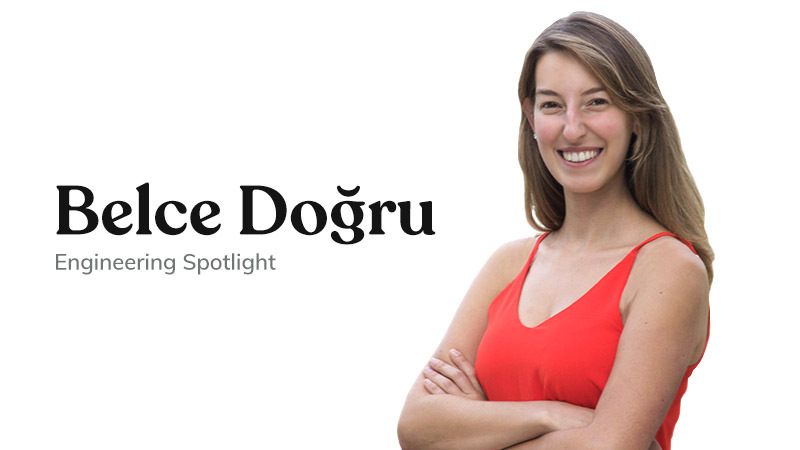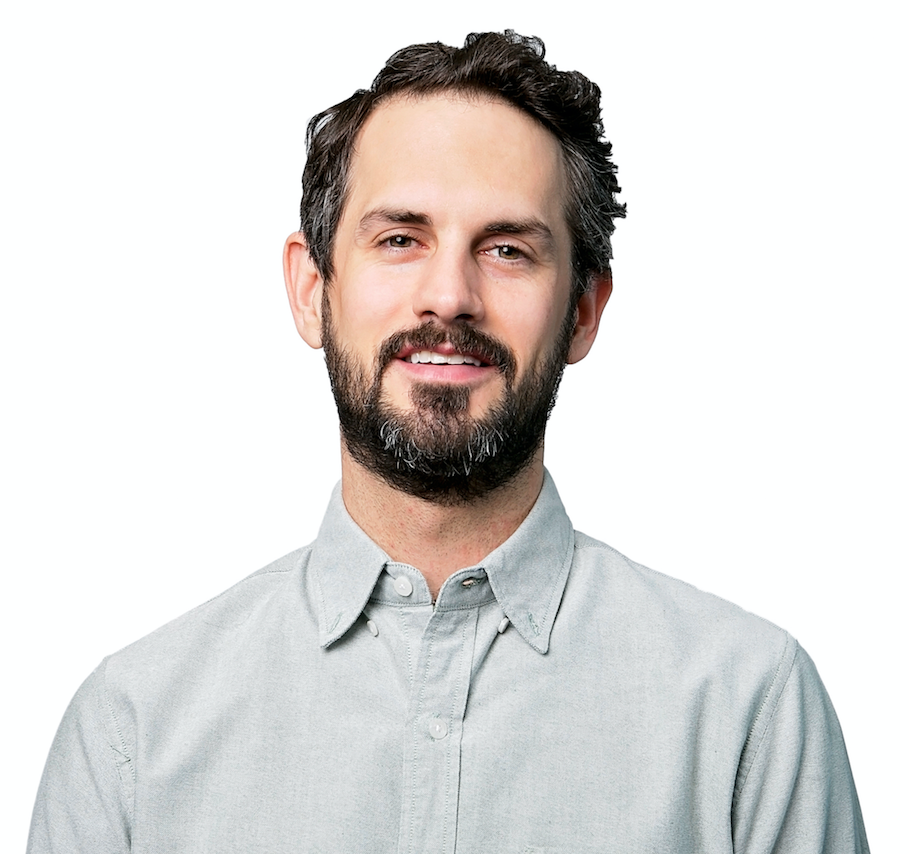Engineering Spotlight – New Grad, Belce Doğru
Introduction
Belce Doğru joined Observe a year ago after graduating from Stanford University with a BS and MS in Computer Science. She’s made a significant impact on the frontend team, which includes leading the product demo for Observe’s launch out of stealth (which coincided with their $35M Series A announcement). Belce was introduced to us by Human Capital, a key investor, and partner in building out our engineering org. Amy Herbertson, a principal at Human Capital, talked to Belce about her experience as a new grad engineer at Observe!
Interview
Amy: I’m excited to learn about what this year has been like for you – from onboarding remotely, to demoing the product for Observe’s launch out of stealth. Before we get into it though, I would love a quick overview of your background, and how you came to join Observe.
Belce: I was born and raised by my mom in a small town in Turkey and spent most of my early life there. With the help of scholarships and financial aid, I was able to study in Istanbul and Hong Kong before going to Stanford. I decided to pursue Computer Science, and found myself gravitating towards UX and HCI, as well as leaning into cryptography, security, and networking. I did internships at typical big companies — Dropbox, Apple, and Google — and first learned about Observe through Human Capital’s stealth company event. I took on a full-time role with Observe because I loved the UI and felt a lot of synergy across the board.
What I love about frontend here is that we have a real impact on the product, end-to-end.
Amy: What’s it like to work on the Frontend team?
 Belce: What I love about frontend here is that we have a real impact on the product end-to-end. What happens at a lot of companies is that a bunch of smart people get together, build the product backbone, build the infra, and then realize that they need a UI for people to interact with, so they bolt on something as an afterthought. Here, the Frontend team is a core part of architectural decisions. My main project at the moment is to build out our metrics systems. I spend a lot of 1-1 time with JT figuring out how to nest visualizations inside the platform while still generating a flow feeling so that metrics data isn’t overcrowding the user experience.
Belce: What I love about frontend here is that we have a real impact on the product end-to-end. What happens at a lot of companies is that a bunch of smart people get together, build the product backbone, build the infra, and then realize that they need a UI for people to interact with, so they bolt on something as an afterthought. Here, the Frontend team is a core part of architectural decisions. My main project at the moment is to build out our metrics systems. I spend a lot of 1-1 time with JT figuring out how to nest visualizations inside the platform while still generating a flow feeling so that metrics data isn’t overcrowding the user experience.
Amy: How would you describe what the Observe platform is built for? How is it unique from other products on the market?
Belce: Observe is an observability platform that can ingest any machine data that possesses a timestamp. Modern architectures that companies set up often become siloed and end up producing logs/metric/tracing data that are completely disconnected from actionable insight. We’re coming in with a holistic approach, which makes more sense if you want to unify all those elements under one roof so that you can relate your data and identify the real root causes 10x faster.
I like to maintain a bit of breadth, so I might spend time listening to feedback interviews detailing problems that customers are bumping into. I also like to intentionally set aside time for learning how a high-growth startup runs.
Amy: What’s a typical day at work and what has been your best day at work?
Belce: My best days at work are usually spent hunched over a precise technical challenge, getting deep under the hood. Most of my day gets spent coding in React, JavaScript, CSS, and HTML, but there are parts of the codebase that I’m starting to explore more seriously — like using d3 for visualizations.
At the same time, I like to maintain a bit of breadth, so I might spend time listening to feedback interviews detailing common problems that customers are bumping into. Another thing I like is to intentionally set aside time for learning how a high-growth startup runs — like learning the ropes around company finances and operations. I have regular 1:1s with our CEO, Jeremy, and I ask a lot of business questions, as well as chatting with our CRO, Keith, about our sales process. So somewhere in that mix, that’s what the best day looks like for me!
Amy: Did something special stand out to you in the interview process about people or culture?
Belce: There was a sense that I would be joining something special, and I liked the team – JT, Jacob, Victoria, and honestly, everyone. It’s a group of quirky, smart people, who are kind too. One of the really cool things about being an Observe-r is you feel like part of the Sutter Hill Ventures family. Mike Speiser sometimes joins our meetings and you get to hear about other Sutter Hill venture companies and their progress. They also help us with marketing and sales, so it’s really cool to get that broader perspective from a VC that’s been so successful at incubating startups. The other thing that I think is cool about Observe is that the product is pretty unique. Aside from the data model, we’re trying to introduce usage-based pricing which is not at all common for products in the space. There’s a lot of opportunities here to link the technical strands with the financial side of the business.
Amy: How has Observe changed since you joined?
Belce: When I first joined Observe we had no customers, and we hadn’t launched yet. Now we have 15+ paying customers — all totally different. And we’re scaling up.
Amy: How would you say the company’s different because you’re there?
Belce: When I joined the front-end team there was only JT and JR, and they’ve been at the company since the beginning, so it felt like some of the questions I was asking hadn’t been asked before. It was a lot of learning for me, but it’s also refreshing for the team that I could be a third pair of eyes who would look at things and say: “Oh, this actually doesn’t make sense to me as a newcomer.” I think that’s something we benefit from every time we bring a new person on board. Another thing that I did that I thought improved the company was helping with the launch of our video series. Back in September, we had a virtual launch announcing our product, and I was asked to be the engineer who would demo the product on these videos. It was fun working with the team during an important time, and I think it’s a great example of how the younger team members contribute and how we’re valued.

I am also really passionate about making sure we hire more female engineers and improving diversity across the board.
Amy: What’s it like being one of the younger people on the team?
Belce: Well, we have three new grads on the team right now, and I think we’re going to add a couple more. I see it as an opportunity to take more risks and ask more questions — knowing that I’m the least experienced person on the team — and I think it’s kind of liberating. I definitely don’t hold back on questions and I raise points on Slack channels or meetings. If I just worked with a lot of other junior folks, we would be kind of playing whack-a-mole or going around in circles trying to figure out this technical architecture, or whatever the issue is. There’s a fast-track learning experience where I get to make more mistakes and recover from them faster, and I constantly get insightful and quick feedback.
Amy: Last question — If Observe was a person, and you met this person at a cocktail party, what would they be like?
Belce: Observe is definitely a PhD, Someone who can talk about really interesting topics at length, but would actually prefer to talk about sailing, or windsurfing, or how they broke their wrist this past week. I’m pretty sure that’s the shape the conversation would take! Observe would probably be into board games and really interesting cocktails.

